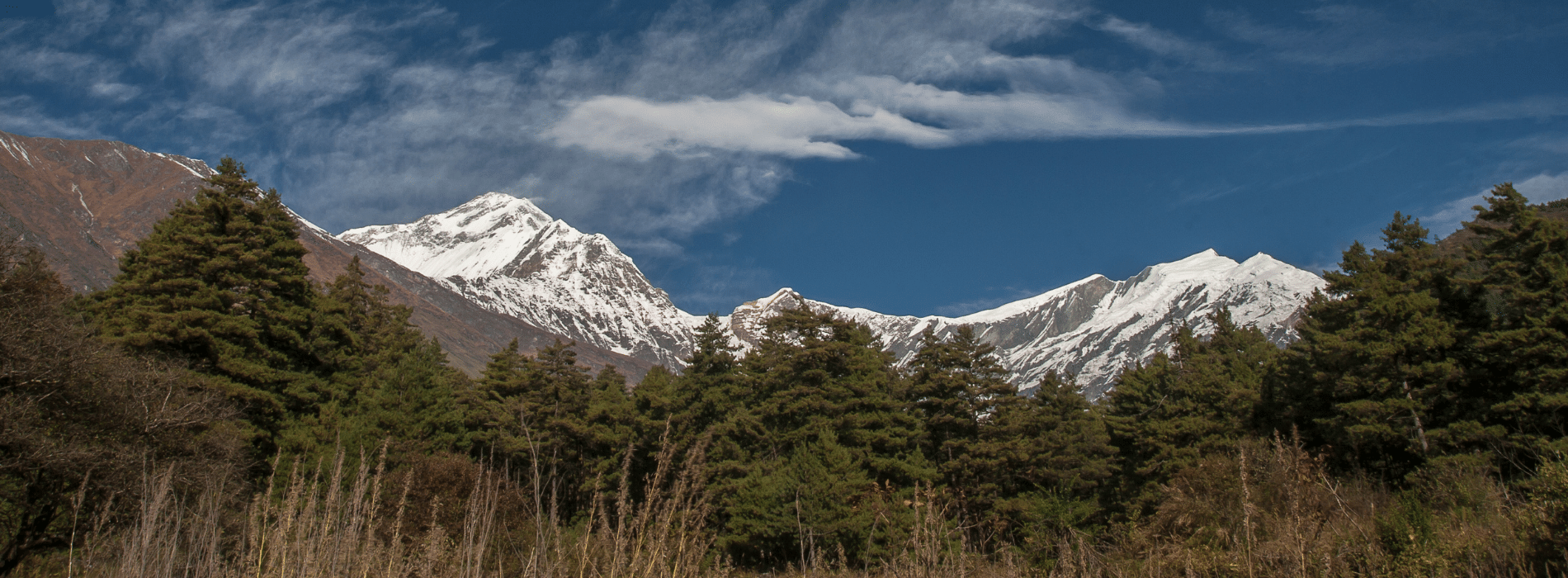There is a big difference between trekking in Western Nepal and trekking on the country's more popular trails. This area is far away and not very developed, so trekkers can see natural beauty that hasn't been changed and traditional country life. The Api Himal range and Mount Saipal are two of the world's highest peaks. They are in this part of Nepal.
Treks in Western Nepal are less crowded than those in Everest or Annapurna, so you can enjoy peace and quiet. You can see everything from dry mountain deserts to lush pine woods on trails like the Upper Dolpo circuit or the Rara Lake trek. Tibetan Buddhism has also left its mark on the area's culture, which can be seen in the many old temples, chortens, and prayer flags that can be found there.
It takes a long time to get from Australia to Western Nepal. For most treks, it starts with a flight to Kathmandu and then a domestic trip to a regional hub like Nepalgunj or Simikot. There are also treks that need special permits because they go through closed areas close to the border with Tibet.
Australian trekkers need to be ready for big changes in elevation and simple lodging. Since teahouses and cabins are hard to find, people often have to camp. When the weather is clear and dry, spring (March to May) and fall (September to November) are the best times to go.
Trekking in Western Nepal is great for people who want to go on an adventure away from the crowds and see how people live in villages whose ways of life haven't changed much in hundreds of years. It's a hard trip that pays off with beautiful views, interesting cultural experiences, and a sense of having seen what hasn't been seen before.


 Adventure
Adventure
 Couple
Couple
 Family
Family
 Luxury
Luxury
 Motorbike
Motorbike
 Photography
Photography
 Wildlife
Wildlife
 Yoga
Yoga
 Annapurna
Annapurna
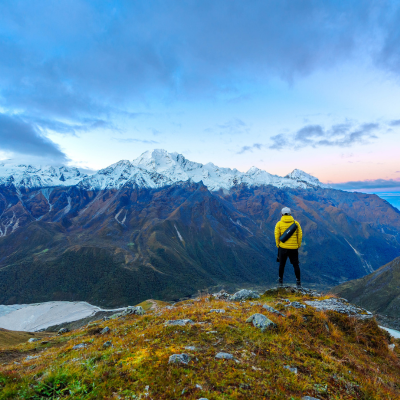 Langtang
Langtang
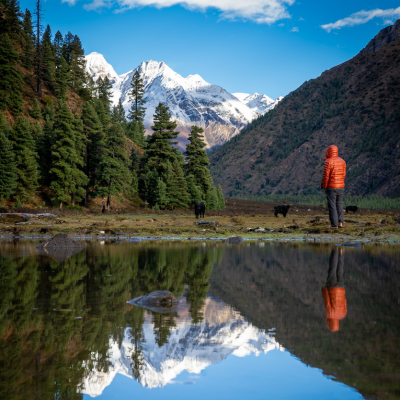 Dolpo
Dolpo
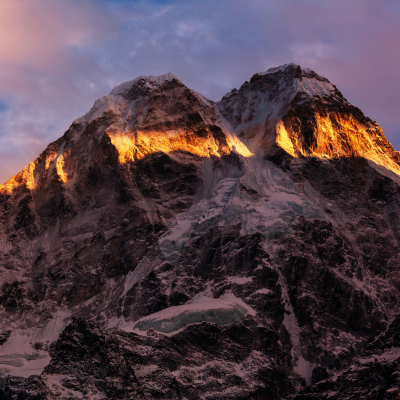 Eastern Nepal
Eastern Nepal
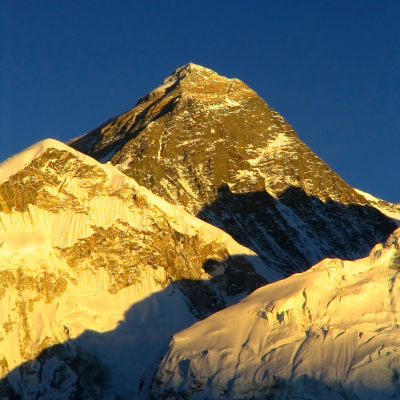 Everest
Everest
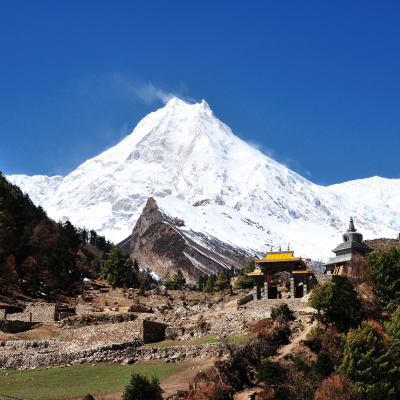 Manaslu
Manaslu
 Western Nepal
Western Nepal
